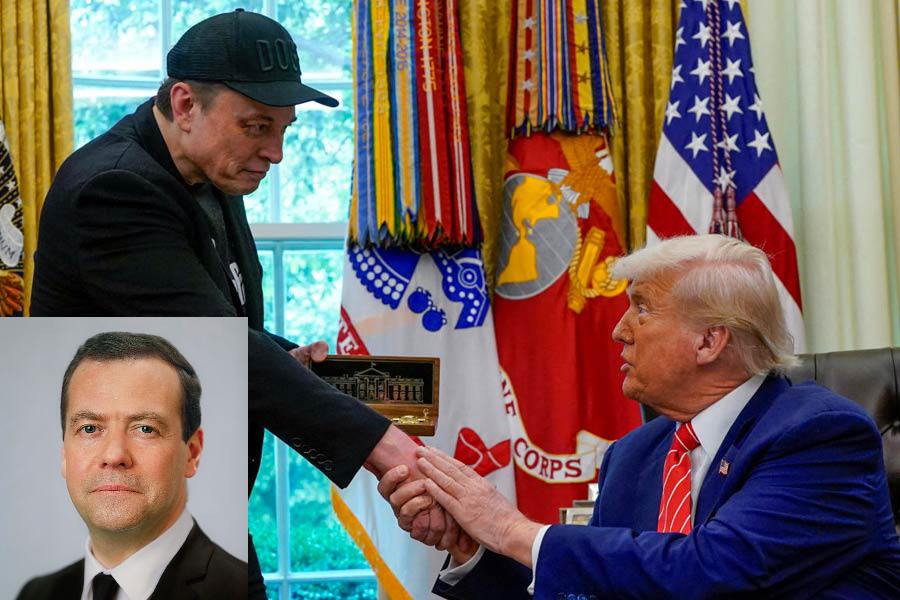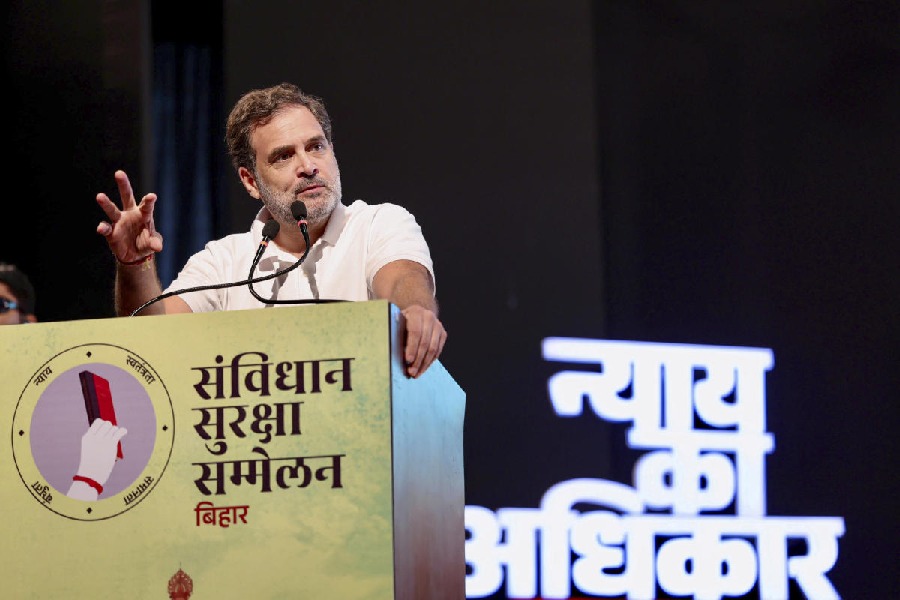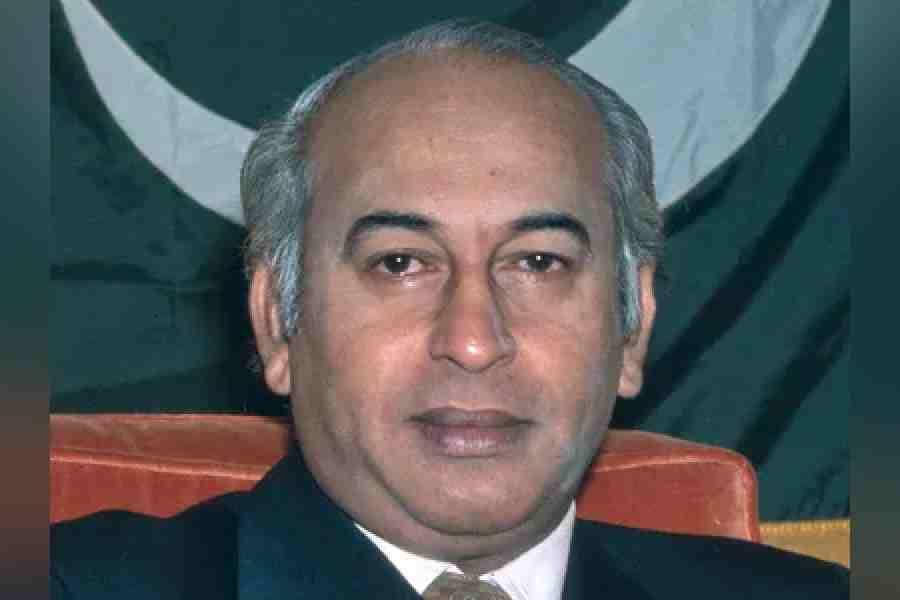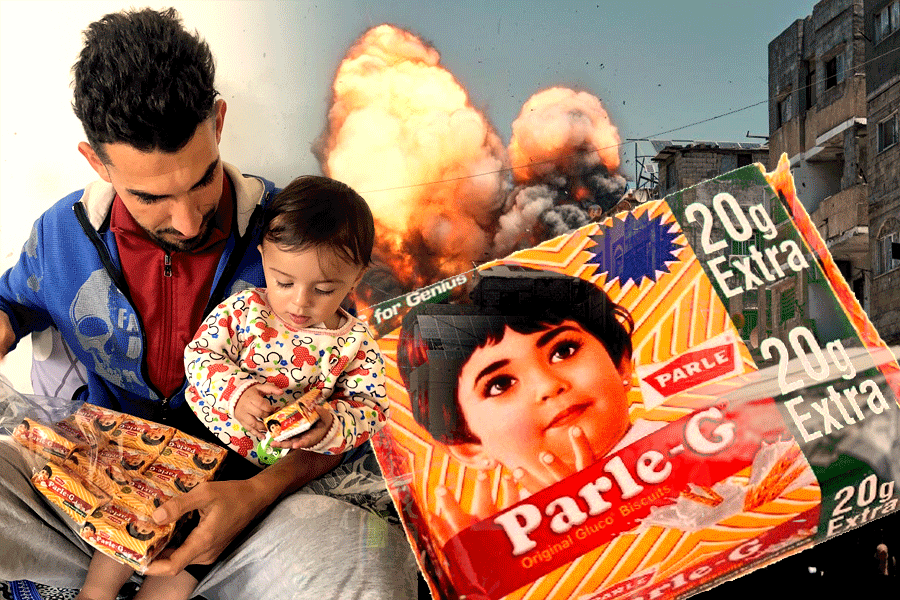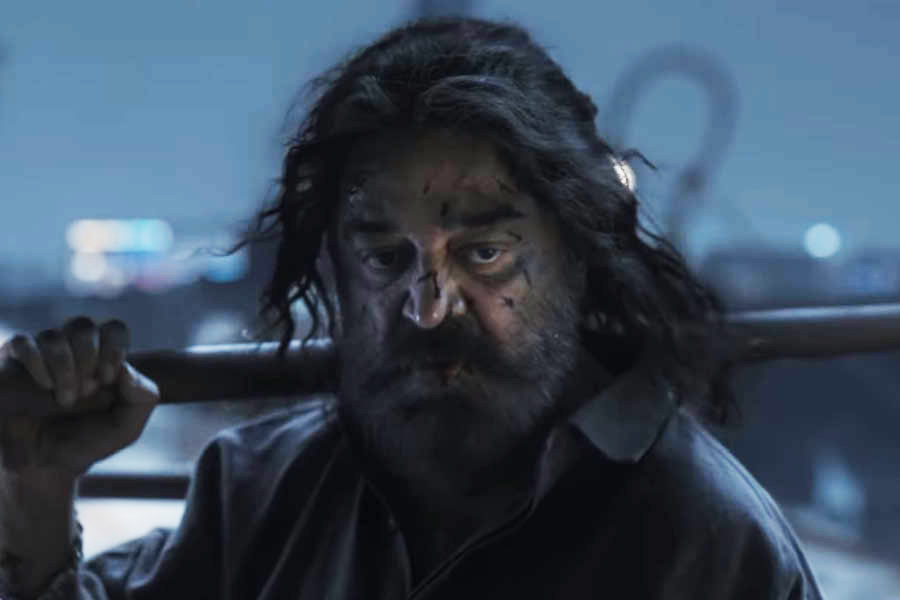 |
| The ‘smoke’ rising above Victoria Falls |
It’s a two-hour air journey from the hustle and bustle of Johannesburg to beautiful, unspoilt Zambia. This country has been blessed with friendly people and nature’s bounty — and the breathtaking Zambezi River.
Its most spectacular point is, of course, the Victoria Falls where, during the monsoons, 546 million cubic metres of water tumble over the falls every minute.
As the small plane from Lusaka, the Zambian capital, approached Livingstone, the town near the falls, we suddenly saw what appeared to be a billow of smoke on the horizon. This, as the pilot cheerfully informed us, was Victoria Falls. The ‘smoke’ was actually a heavy spray of water that rebounds as the mighty Victoria Falls splashes into the gorge below.
We landed at the airport and raced to the Zambezi Sun hotel where we were staying. It has beautiful African-style décor and we had come to the perfect place because it was just by the Zambezi River and had a private entry gate to the falls.
 |
 |
 |
| (From top) The mighty Victoria Falls in its full glory; the Victoria Falls Bridge; tourists click away at a couple of rhinos |
Quickly, we dumped our luggage in the room and rushed to the falls. The first thing we saw was a statue of Dr Livingstone who ‘discovered’ the falls and then in front of our eyes we saw the Zambezi transform itself from a wide placid river to a ferocious torrent cutting through a series of dramatic gorges before flattening out in the valley below.
We climbed down the long flight of steps surrounded by the mist-soaked rain forest and enjoyed breathtaking views of the mighty waterfalls from all the strategic viewing points. And all the time there was the roar and hiss of the Zambezi River as it fell into the abyss.
As we walked along the falls we became soaking wet — from the ‘reverse rain’ the intense spray that comes as the waterfall hits the gorge below and bounces back.
We also saw the Victoria Falls Bridge, commissioned in 1900, which provides a magnificent 360-degree view of the lush green forest, the black rock gorge, the white falls and the sea green river below. A rainbow formed by the mist and spray below the bridge completed the picture. We then precariously descended down the steep steps to the bottom-most point of the falls, called the Boiling Point.
The famous explorer Dr David Livingstone was the first European to reach the majestic waterfall which is called ‘Mosi-oa-Tunya’ — ‘the Smoke that Thunders’ by the Kololo tribe who live in the area. Livingstone renamed it Victoria Falls in honour of his monarch and the town nearby was later named after him.
Next on our itinerary was a helicopter ride across the river and over Victoria Falls. We flew over the tranquil Zambezi, which suddenly slit and carved the land in its way to form deep zig-zagging gorges for a distance of 8km. Victoria Falls itself is 2km wide and 110m in height. From the helicopter we also saw Livingstone Island from where Dr Livingstone first glimpsed Mosi-oa-Tunya.
Exhausted but deeply satisfied by our sightseeing we headed back to our hotel for an exquisite buffet dinner. We feasted on a huge variety of dishes including zebra rump steak and crocodile tail curry.
 |
The next morning we woke up to a flourish of black and white stripes. Through the windows of our room, we saw wild zebras, which had come down to graze in the garden. Rubbing our eyes in disbelief we looked again and then rushed out to take photos — just to ensure that this was not a dream.
After this pleasant surprise and a huge breakfast spread, we were back on the Zambezi River — this time for a boat safari. As we listened to the guide’s many anecdotes about the river, we saw cormorants and storks hunting for fish. And buffaloes and elephants grazed on the small islands on the river.
Just as our guide was telling us about how elephants were such good swimmers, there was a loud sound and a huge head emerged from the water right in front of the boat. It was a hippo. Several others were coming out of the water a few metres away.
We quickly snapped a picture but even as we were doing it the boatman swerved the craft and tore off in the opposite direction. Only when we were a long way off did he stop. He told us that hippos cause more human deaths than any other animal in Africa since they tend to destroy any obstruction in their path. They overturn boats and he showed us a dent in his boat that had been caused by an earlier hippo attack.
After lunch our boat stopped at an embankment where a jeep was waiting to take us for a jungle safari in the Mosi-oa-Tunya National Park, situated along the Upper Zambezi. We were welcomed on our trip by a kaleidoscopic crowd of giraffes, numerous antelope species (impala, puku, kudu, gazelle, eland), zebras, baboons and a herd of buffaloes relaxing in the afternoon sun.
Later we saw two white rhinos — the only two in Zambia. We clicked away as the two rhinos crossed the road ahead of our vehicle. On the way back, we went to the Victoria Falls Museum, where we saw a depiction of how the falls had been formed over the millennia.
Shopping was saved for the last. We had heard a lot about the Mukuni Victoria Falls tribal village and its crafts. We saw wonderful crafts and curios — intricate animal carvings in stone, wood or green malachite, masks, drums, marimbas, spoons, book ends, walking sticks, jewellery and a lot more. But shopping was almost an afterthought because there aren’t many sights in the world that can match the splendour of Victoria Falls.
Ready reckoner
 |
Getting there: The Victoria Falls can be reached from both Zambia and Zimbabwe. Chartered and scheduled flights connect Lusaka to Livingstone airport. Lusaka is connected internationally through Nairobi, Johannesburg and other airports.
Staying there: The Royal Livingstone provides 5-star accommodation. The Zambezi Sun is a 3-star option.
Exchange rate: 1.00 ZMK (Zambian Kwacha) = 0.010 INR


